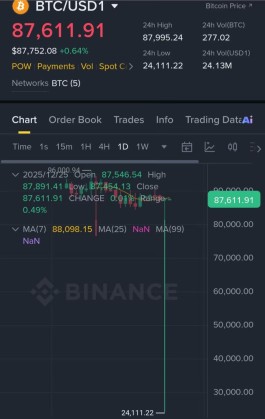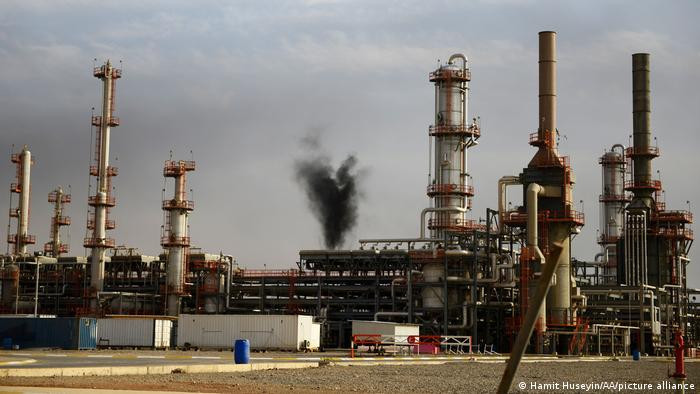Oil prices rose on Friday, gaining for the fourth consecutive week after the International Energy Agency said global demand would rise to a new record this year, supported by a recovery in consumption in China.
The agency also warned that the large production cuts announced by the producing countries in the OPEC + alliance, consisting of the Organization of the Petroleum Exporting Countries (OPEC) and other producers led by Russia, may increase oil supply shortages and harm consumers.
Brent crude futures rose 22 cents, or 0.3%, to settle at $86.31 a barrel. US West Texas Intermediate crude futures were at $82.52 a barrel, up 36 cents, or 0.4%, according to Reuters.
The two benchmarks recorded gains for the fourth week in a row, in light of calming fears of the banking crisis that occurred last month and the sudden decision to increase production cuts taken last week by the OPEC + alliance.
The International Energy Agency said in its monthly report on Friday that global oil demand is set to rise by 2 million barrels per day (bpd) in 2023 to a record 101.9 million bpd, mostly driven by strong Chinese consumption after the lifting of COVID-19 restrictions.
The agency added that the demand for aviation fuel represents 57% of the increase in demand in 2023.
But last Thursday, OPEC pointed to the risks of a decline in oil demand in the summer, due, among other things, to cut production by 1.16 million barrels per day.
The agency said in the report that consumers who are facing inflation in the prices of basic materials will now have to squeeze their budgets more.
The agency added that this is strongly reflected in the economic recovery and growth.
The agency stated that it expects a decrease in global oil supply by 400,000 barrels per day by the end of the year, indicating an expected increase in production of one million barrels per day from outside OPEC +, starting in March, compared to 1.4 million barrels per day that will be reduced by the producing countries in the group.
The dollar index is currently at its lowest level in almost a year, after the release of consumer and producer price data in the United States this week, which reinforced expectations that the Federal Reserve (the US central bank) is nearing the end of its interest-raising cycle.
But the US currency rose on Friday, which makes oil denominated in the US currency more expensive for investors than holders of other currencies, and thus affects demand.







































